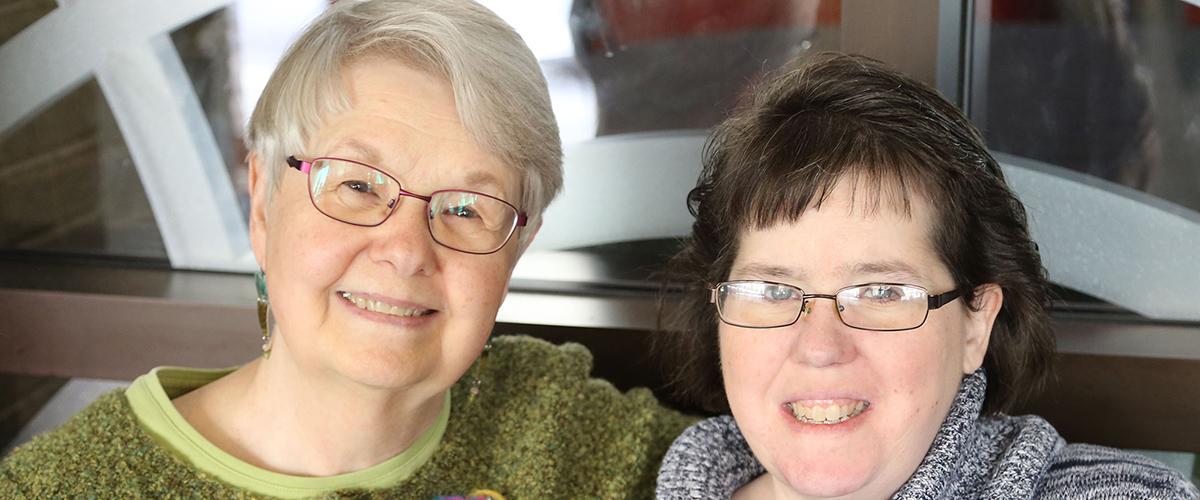Skeletal Muscle Transplants and the Pathobiology of Muscular Dystrophy
Transplantation of muscle precursor cells—to regenerate myofibers not compromised by the patient’s mutation--has attracted considerable attention as a candidate therapy for multiple forms of muscular dystrophy. While direct injection of stem cells into the target organ is feasible for some diseases, the sheer volume and body-wide distribution of skeletal muscle compromise direct injection strategies for muscular dystrophy. Translation to clinical trials using systemically delivered cells in humans then would face considerable difficulties including delivery, survival in the environment of dystrophic/regenerating muscle, and a host of regulatory issues regarding preparation, properties, and safety of a cell therapeutic. Unfortunately, the field is fraught with controversy as multiple international clinics offer stem cell ‘therapies’ of questionable efficacy and safety. Muscle transplant experiments in model organisms, however, may have value for identifying new aspects of the pathogenesis of muscular dystrophies, including myotonic dystrophy, and a recent study appears to have done that.
Intracellular Fate of Toxic RNA
A new study has utilized a novel mouse model, combining expression of pathogenic expanded CUG repeat RNA (HSALR) with an immunodeficient strain (NSG), thereby allowing study of muscle stem cell transplantation in a DM1 model (designated NSG-HSALR; Mondragon-Gonzalez et al., 2019). The research team’s findings may improve understanding of the trafficking of DM1-related toxic RNA within the unique environment of multinuclear skeletal myofibers.
Muscle progenitor cells (sourced from human iPAX7 PLZ iPS line, mouse satellite cells, or Pax3-inducible mES cells) were injected into pre-injured tibialis anterior muscles of NSG-HSALR mice, as well as native HSALR and NSG controls. Endpoint analyses (presence/absence of nuclear foci/MBNL sequestration and splicing patterns for selected transcripts known to be mis-spliced in HSALR) were performed 4 weeks after injection. Transplanted myonuclei could be identified by markers specific to each of the three cell sources.
The central finding of the study was identification of nuclear foci/MBNL sequestration in myonuclei of each category of transplanted muscle stem cells, indicating the translocation of toxic RNA transcripts from host myonuclei to mutation-free transplanted myonuclei. The team attributed this to toxic RNA released into and acquired from shared cytoplasm following formation of chimeric myofibers. RT-PCR using primers specific to transplanted human myoblasts showed DM1-related splicopathy in SERCA1, LDB3, and CACNA1S transcripts, thereby supporting the notion of internuclear transfer of toxic RNA. Controls fit expected patterns and were negative for nuclear foci and splicopathy.
Conclusions on the Mobility of Expanded Repeat RNA
Fusion of mutation-free donor precursor cells into existing NSG-HSALR myofibers was accompanied by translocation of toxic RNA, originating from host myonuclei, into donor myonuclei. This resulted in a DM1-like phenotype in donor cells. This finding suggests that (a) expanded repeat RNA is not confined to the nuclear domain it originated from and (b) toxic RNA then can migrate from cytoplasm into myonuclei other than where it originated, and result in formation of nuclear foci and the ensuing mis-splicing.
One implication of these findings, potentially broadly involving putative therapy development strategies in DM1, is that those myonuclei not exposed to a given therapy could spread pathology to treated myonuclei within the same myofiber and negate a positive effect. Thus, further exploration of the occurrence and mechanism of internuclear RNA transfer identified here is essential.
Reference:
Transplantation studies reveal internuclear transfer of toxic RNA in engrafted muscles of myotonic dystrophy 1 mice.
Mondragon-Gonzalez R, Azzag K, Selvaraj S, Yamamoto A, Perlingeiro RCR.
EBioMedicine. 2019 Aug 21. pii: S2352-3964(19)30553-5. doi: 10.1016/j.ebiom.2019.08.031. [Epub ahead of print]

